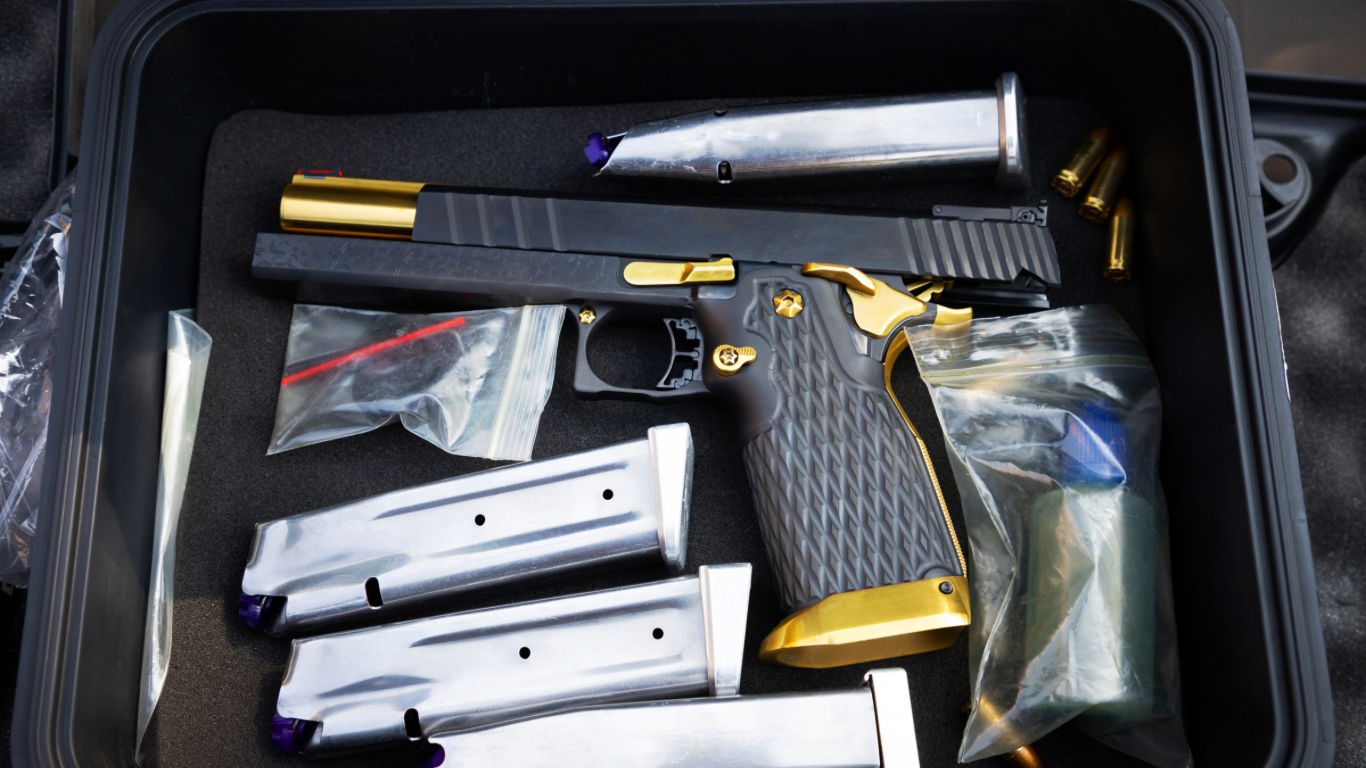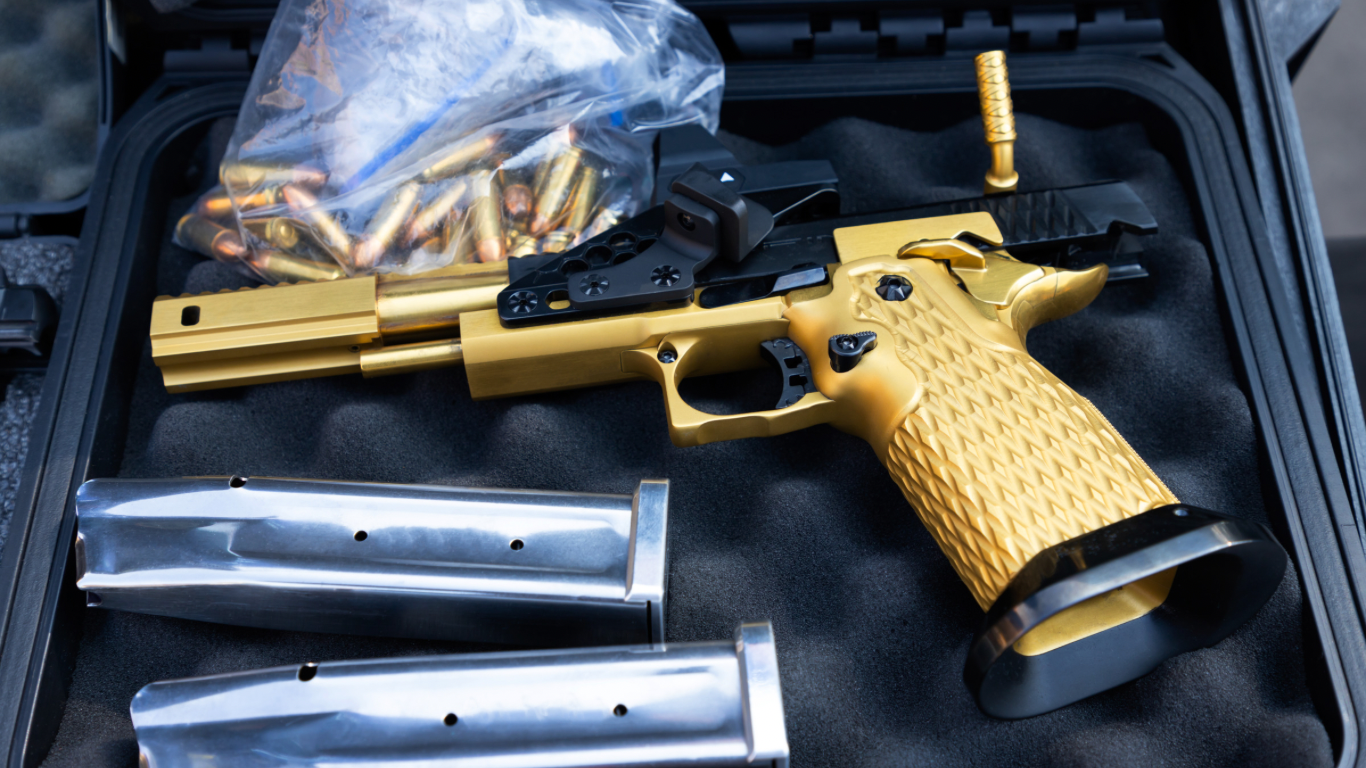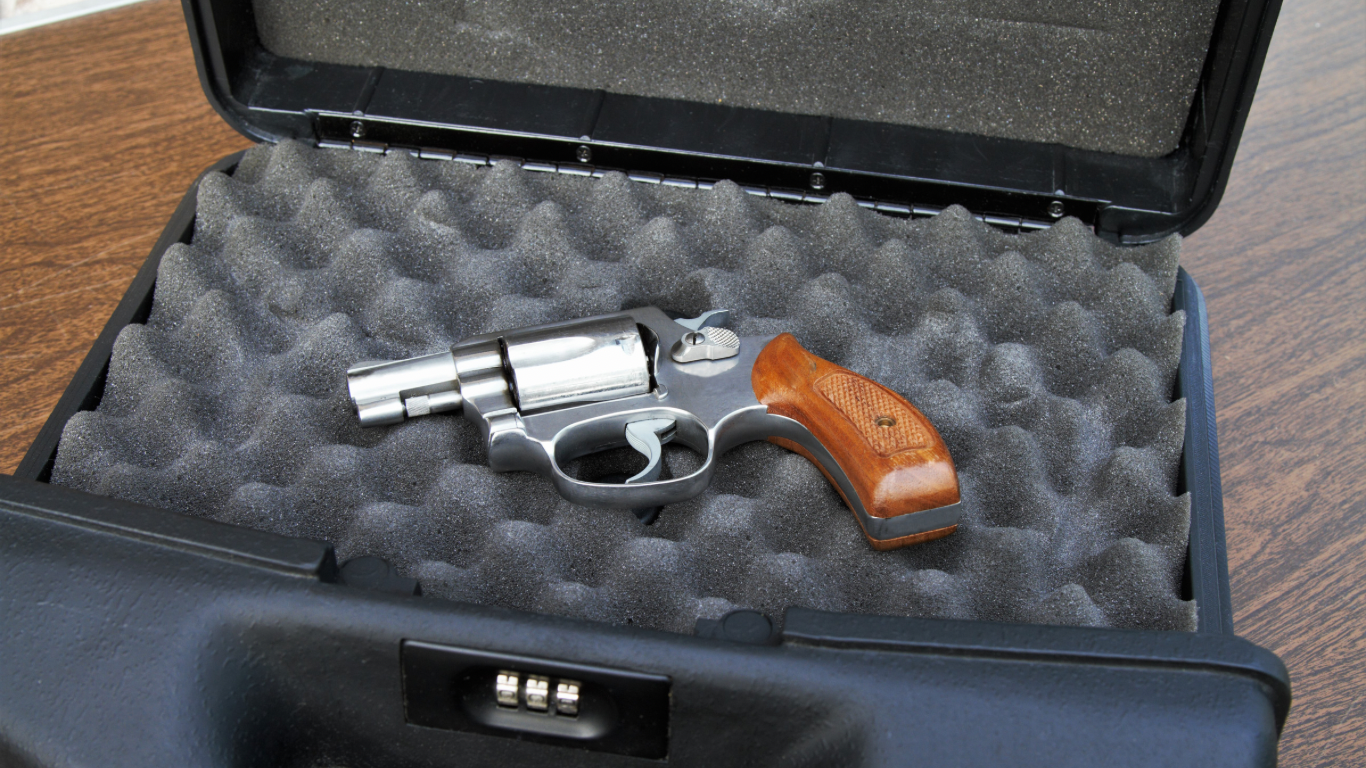Transporting firearms and ammunition from one state to another can be a complicated affair. Different states have different laws that regulate their transportation, making the whole process difficult, especially for those who are new to the gun-owning scene. In this article, we will take a closer look at gun and ammo transportation laws to help you navigate through the intricacies of interstate travel with firearms.
Here is a quick breakdown of some vital considerations you should keep in mind before packing up your guns and ammo:
Permits and licenses
Several states require individuals transporting firearms and ammo to have a permit or license. If you are traveling with concealed weapons, make sure you have a concealed carry permit for the states where it is required.
Firearm types
Certain states prohibit specific types of firearms, such as automatic weapons, while others only allow you to transport them under certain conditions. Be sure to check the state laws regarding the type of firearms you plan to transport before setting off on your journey.
Ammunition transportation
Different states vary in their requirements for the transportation of ammunition. Some states prohibit the transport of ammo in magazines, while others require them to be in their original packaging.
Vehicle regulations
Some states require firearms to be kept in the trunk of a vehicle, while others allow them to be stored in a locked container. Make sure you know the vehicle regulations before transporting firearms.
Airline travel
If you plan to travel by air with firearms, you need to plan and make sure that you follow all the TSA guidelines on the transportation of firearms.
a few examples of the differing laws by state are as follows:
Alaska
In Alaska, no permit is required to purchase, possess, or transport a firearm. This extends to shotguns, rifles, and handguns. However, carrying a concealed handgun without a permit is only allowed for individuals aged 21 or over, and not otherwise prohibited from owning a firearm.
California
California has stringent firearm laws. Purchasing any firearm requires a Firearms Safety Certificate, and all firearms sales are required to be processed through a dealer. Transporting firearms requires them to be unloaded and stored in a locked container, separate from any ammunition.
Florida
In Florida, no permit is required to buy or own a rifle, shotgun, or handgun. However, transporting a firearm in a vehicle requires it to be securely encased and not openly available.
Texas
Texas allows the purchase of rifles, shotguns, and handguns without a permit. While transporting firearms, they must be concealed. If traveling by vehicle, the firearm must be concealed and within the driver’s reach.
This is a basic guideline for a few states, but it is crucial to check with local law enforcement or legal counsel for precise laws.
Conclusion
Gun and ammo transportation laws can seem complicated at first, but with proper research and understanding, it can be a lot more manageable. Remember to check all the relevant state statutes governing firearm transportation before traveling across state lines. Adhering to the laws ensures you remain on the right side of the law and avoid run-ins with the authorities. Gun safety is everyone’s responsibility, so take the necessary precautions and happy travels!






